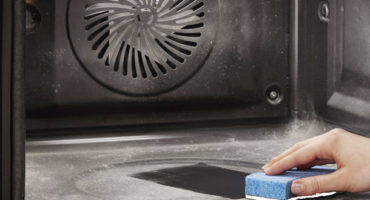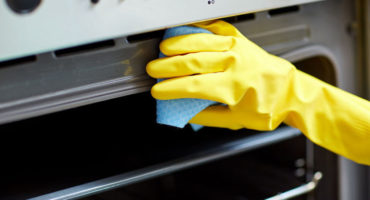To answer the question, what is this - pyrolytic method oven cleaning, you need to understand what lies at the heart of this process.
Pyrolysis is a process of decomposition of organic and inorganic compounds under the influence of elevated temperature. Whenever possible, pyrolytic treatment allows you to quickly and easily remove grease and other types of contaminants from the entire inner surface of the oven.
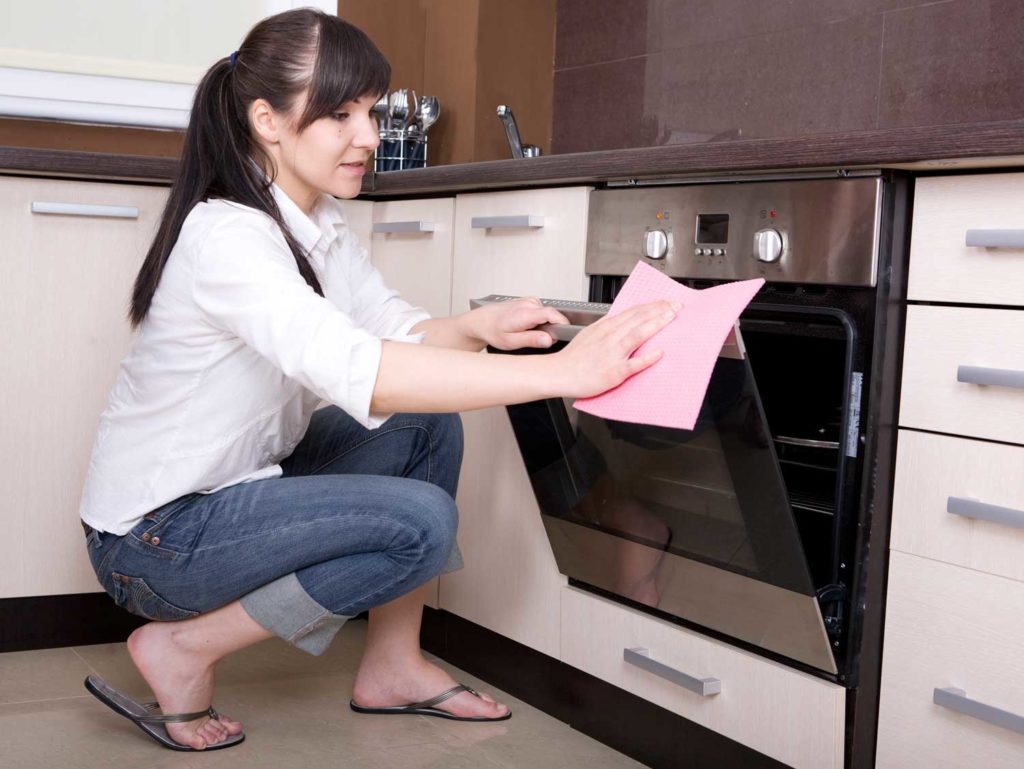
What is a pyrolytic oven cleaning method?
Pyrolytic cleaning of the oven - the principle of operation
The principle of operation of the pyrolytic cleaning of the oven is to create conditions inside it with an elevated temperature, the value of which reaches 500 degrees. In this case, all fats and other impurities located on the walls of the oven and glass burn out, turning into soot, which is then removed with a soft cloth or sponge moistened with water. With timely processing in this way, no additional detergents will be needed, which means that its use will not negatively affect the well-being and human health.
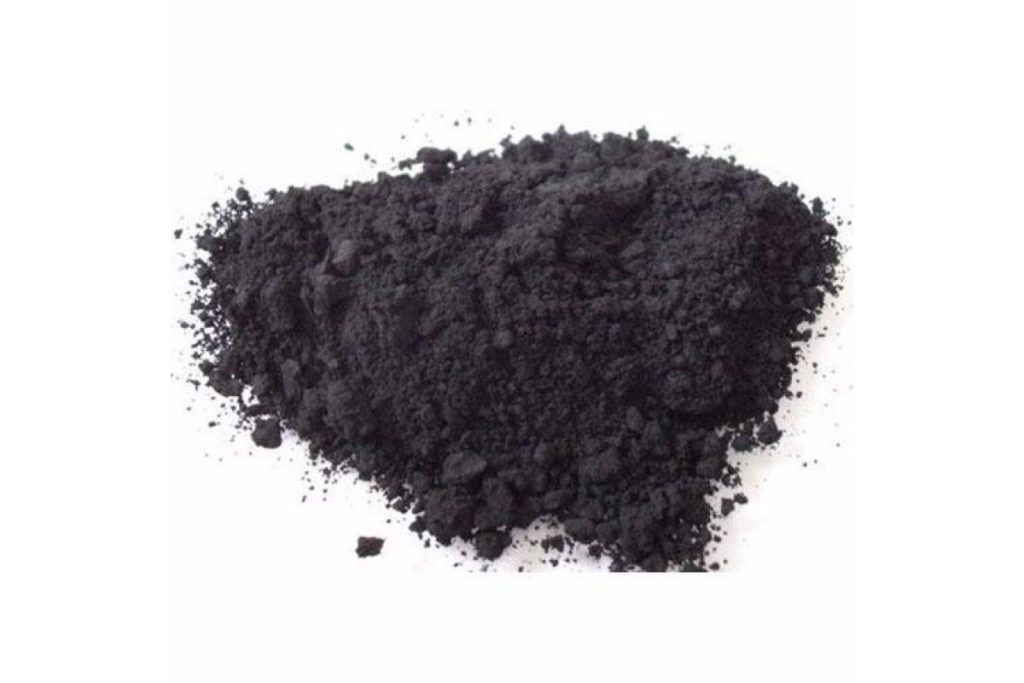
Soot - a product formed during the pyrolysis
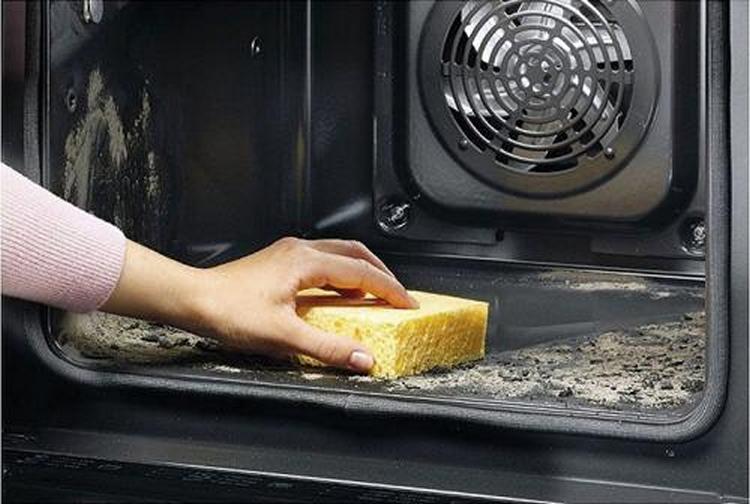
After heat treatment, you only need to wipe the surface of the oven with a sponge or cloth
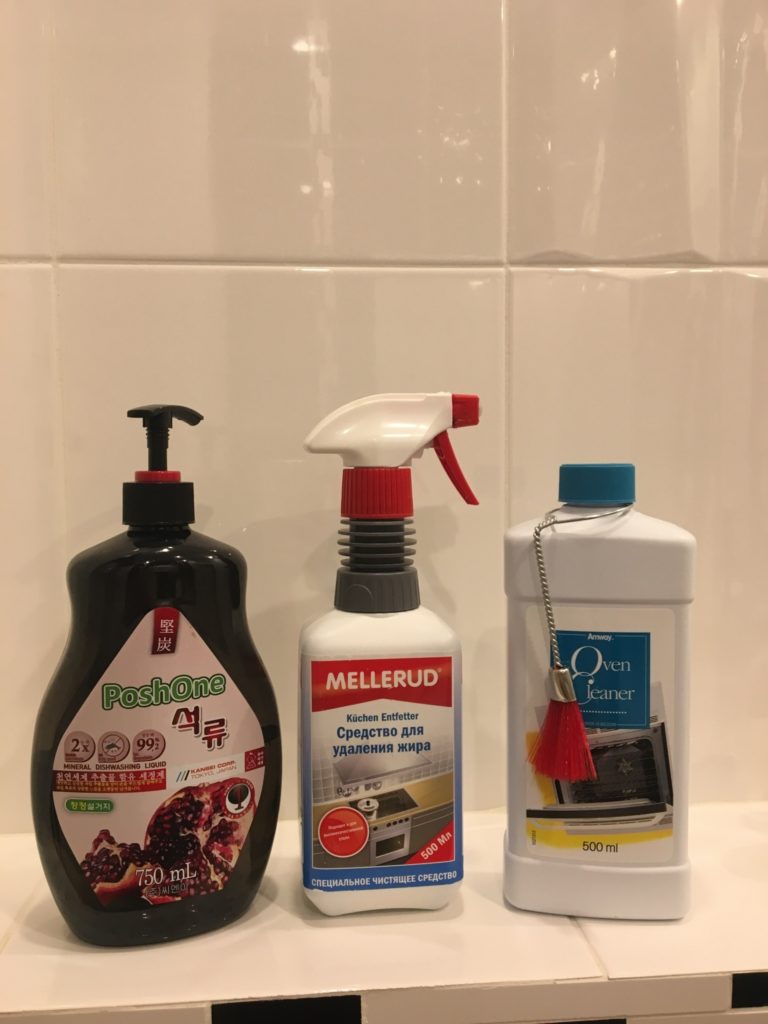
No additional detergents will be needed after heat treatment of the oven
In the process of combustion of organic and inorganic compounds, a sufficiently large amount of unpleasant odor is released. For this reason, the design of such an oven includes a special catalytic filter that absorbs this smell into itself. This filter does not require replacement or additional washing, since it is 1 time out of 100 hours of using the oven that it is self-cleaning by the calcination method.
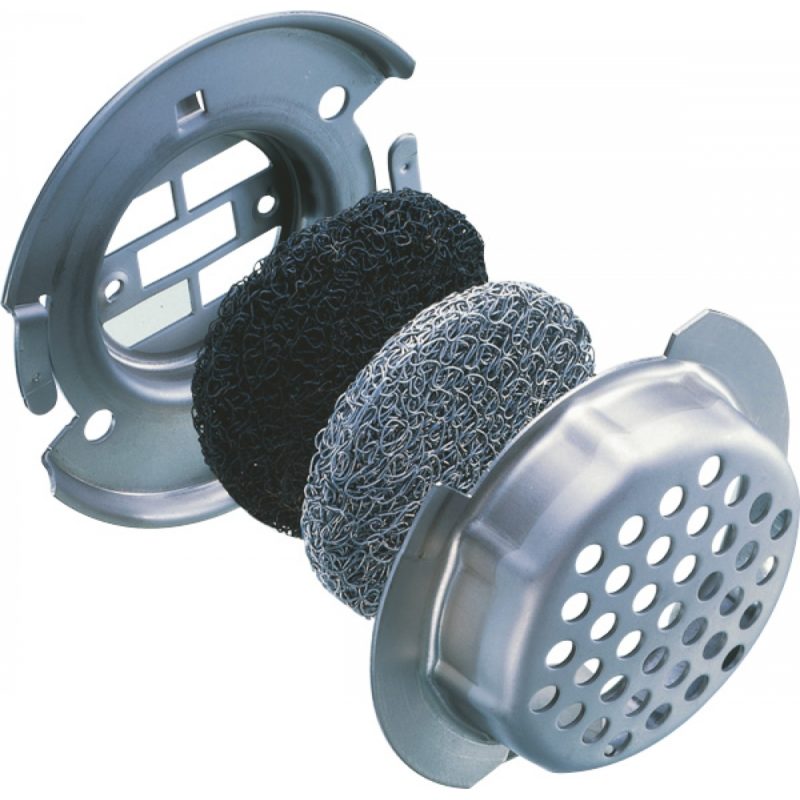
Catalytic filter
Rules for the use of pyrolysis
Pyrolytic cleaning of the inner surface of the oven involves only the removal of dirt from the walls and glass. Therefore, before proceeding with such processing, all grates and other devices designed for more convenient use of the oven must be removed. After that, without adding any detergents or other types of products, the oven is cleaned, turning all the impurities into soot.
Both in the process and after the end of the program, the oven door cannot be opened until oven temperature will not drop to 200-250 degrees. This function provides reliable protection against a person getting severe burns that could have occurred when the door was opened at the wrong time.
After the oven has cooled down, it is necessary to wipe the entire inner surface with a sponge or rag dipped in plain water. This is necessary to remove soot from the surface. After processing, you can load all the racks, trays and other elements inside the oven. The latter are cleaned either manually or using a dishwasher.
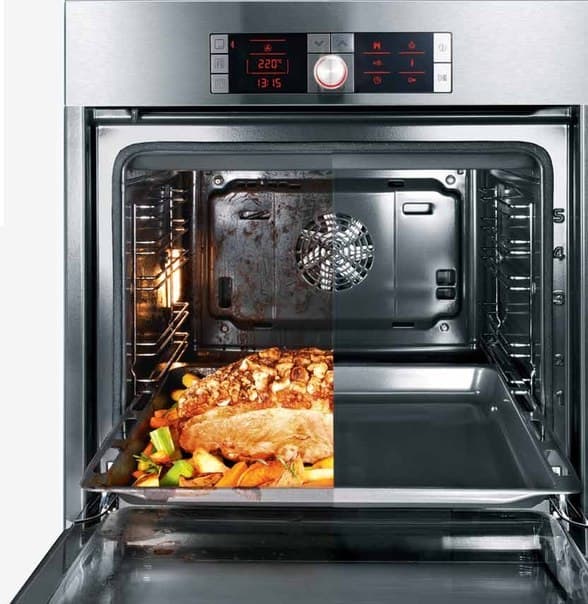
Perfect removal of grease and dirt through the use of pyrolysis
So that during the pyrolytic treatment, the emitted strong unpleasant odor is not noticeable (although the catalytic filter copes with its function automatically), it is best to turn on the hood at full power. You can also significantly reduce odor by cleaning the oven more frequently in this way.The less dirt will burn during pyrolytic cleaning, the less unpleasant odors will be.

In the heat treatment process, you must turn on the hood at full power
Features of pyrolytic cleaning
Pyrolytic cleaning is available only in electric ovens; it is not possible to achieve the desired temperature in a gas cabinet.
Such oven models will cost much more than those in which cleaning can be done in other simpler ways. This is because when the inside of the oven reaches such a high temperature without additional insulation, both the inner surface and all external elements, as well as closely located furniture, would simply be deformed. Therefore, in such ovens, all metal elements are made of especially strong steel and have a special protective layer of heat-resistant enamel, and several tempered glasses are inserted into the door.
Another design feature of all ovens with a pyrolytic cleaning function can be called the presence of a tangential mechanism. It is a cooling fan that delivers cold air from the bottom up through the supply ducts in the door to reduce its temperature by displacing hot air through the duct located above it. His work is also necessary to prevent overheating of furniture.
The pyrolytic processing process will begin only after its inclusion with a special button and will end in 1.5 - 2.5 hours. This parameter depends on the degree of pollution and the technical characteristics of the oven. Most of the time when using pyrolysis is spent on heating and subsequent cooling of the device.
Advantages and disadvantages of using pyrolytic cleaning
The pyrolytic cleaning method is by far one of the most effective of those used for ovens. And this is explained not only by the quality of cleaning, but also:
- lack of need for the use of any additional detergents and cleaners;
- simultaneous processing of the entire inner surface of the oven, including all hard-to-reach places;
- the absence of the need to replace consumables, namely a catalytic filter, which is self-cleaning 1 time per 100 hours of use of the oven.
The main disadvantages of this processing method include:
- the need for manual cleaning of soot. But this disadvantage is inherent in all cleaning methods and cannot be avoided;
- the need for manual cleaning of trays and racks;
- significant energy consumption, which is from 4 to 7 kW / h with a single application;
- the release of unpleasant odors, which necessitates the simultaneous use of hoods set at full power.
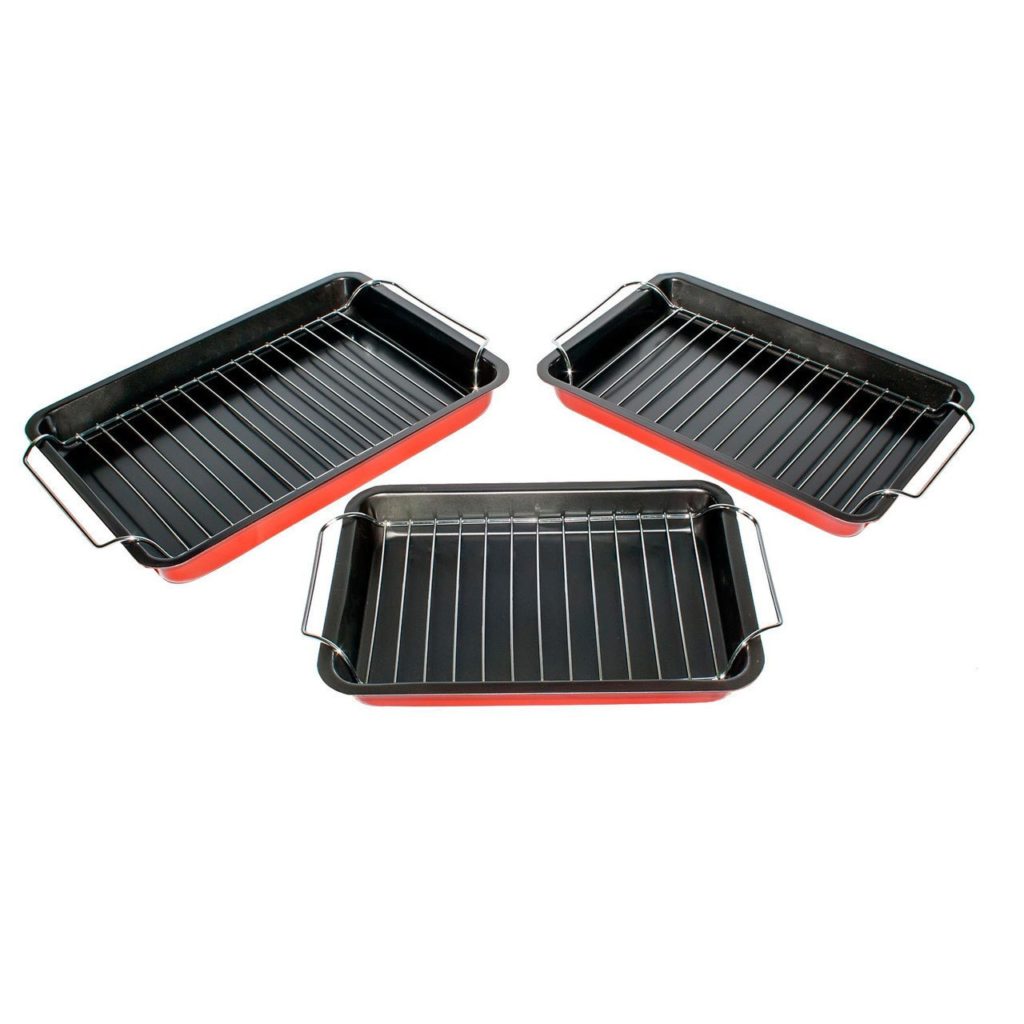
Grids and trays must be cleaned manually or using a dishwasher
In addition, the disadvantages of the pyrolytic processing function include the significant cost of the models, as well as the limited range of models due to the fact that it can only be found in electric ovens.
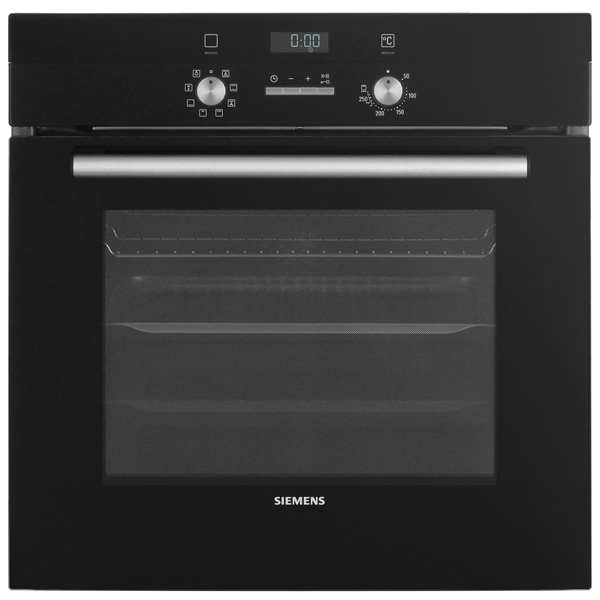
Pyrolysis is available only in electric ovens.
Thus, pyrolytic cleaning is one of the most effective ways to keep the electric oven clean. The procedure is very easy to use and does not require the use of additional detergents or cleaners, like other cleaning methods, but it significantly increases the cost of the devices.
Some models of devices that support this feature may use this cleaning method at lower temperatures if the contaminants are not significant. This will not only save furniture and equipment from excessive heating, but also help save energy. Such devices can definitely be found in the assortment of manufacturers Siemens and Bosch.

Pyrolysis is one of the most effective ways to keep the oven clean.

